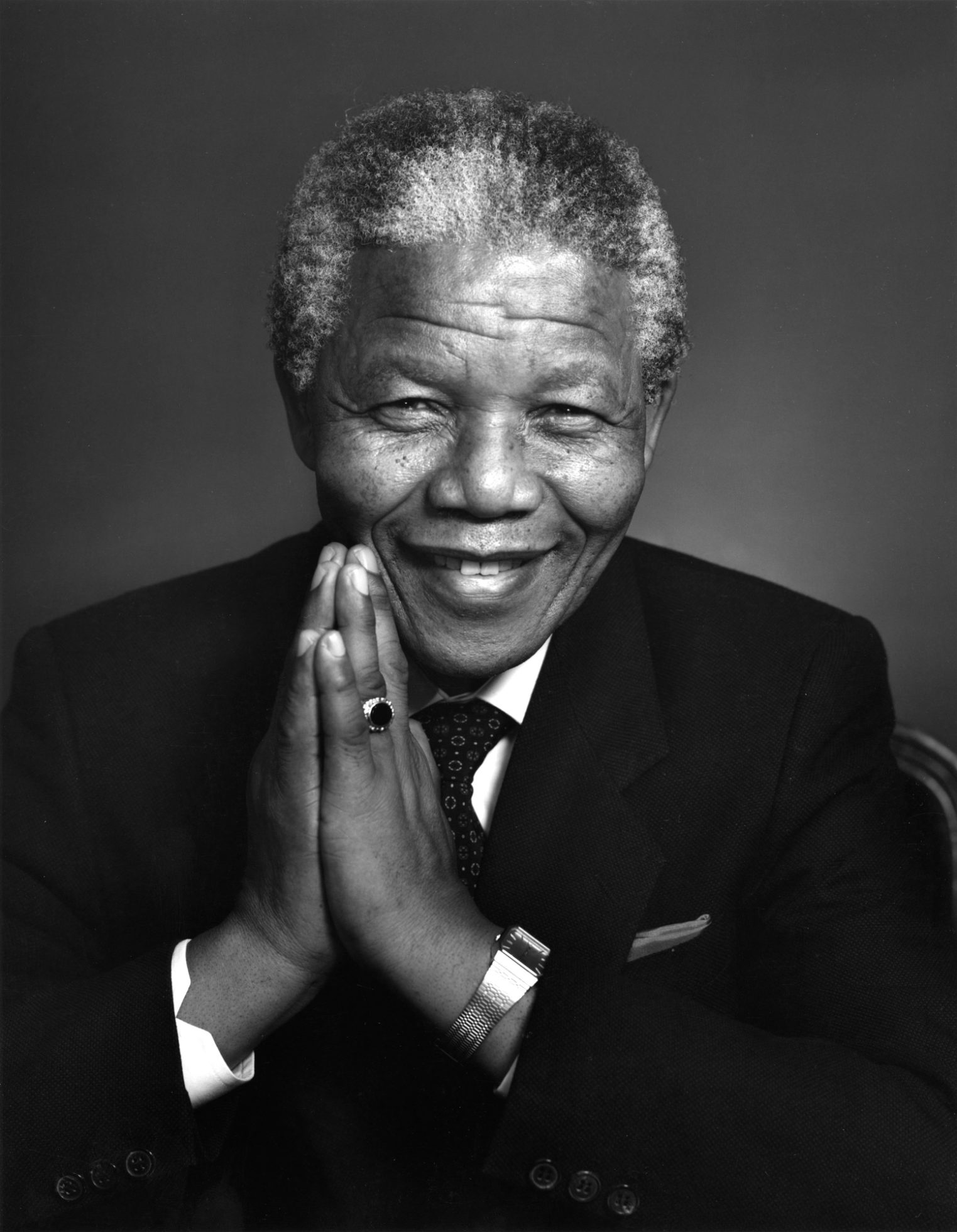The Great Barrier Reef is one of the worlds nature wonders, made by millions of corals put together into one huge reef. This is the largest coral reef in the world, a little off the northeast coast of Australia. This fantastic coral reef has not been spared from the hands of humans, there is a lot of human activities that are constantly threatening the Great Barrier Reef. Among them are both shipping and tourism.
Shipping is a danger to this reef, especially when ships cross the reef frequently and in big numbers. Also, when a ship docks inside the reef, it becomes a problem. Many corals dies, especially the ones that are directly beneath the landed ship, ships also pollute the Marine environment, and the worst of all, pollutions is the oil spills. The ships are likely to have accidents, and sometimes inside of the reef. This affects the coral reef directly, and also disturbs the entire ecosystem of the area. The marine mammals, the flora and other fauna will be harmed. A result of this can be enormous damage to the entire Great Barrier Reef in the long run.
Another thing that has some negative effect on the Great Barrier Reef, is tourism. It will have negative effect on the environmental and the social impacts of the reef and coastal environment. Tourism on the reef is worth over 4 billion per year and employs over 47.000 people, and approximately 1.6 million tourists visit the reef each year. Australian residents were asked to rank the impacts of reef tourism, and the result showed that they meant that tourism was a big threat to the Great Barrier Reef. A test survey run on reef environmental scientists, ranked reef tourism as a much smaller threat then many others impacts, such as fishing and coral bleaching. To help saving the vulnerable reef, management agencies and industry have included education of reef visitors and tourism staff, to make the tourism and the recreation more sustainable. This education includes greater understanding of the environmental issues in the Great Barrier Reef.





